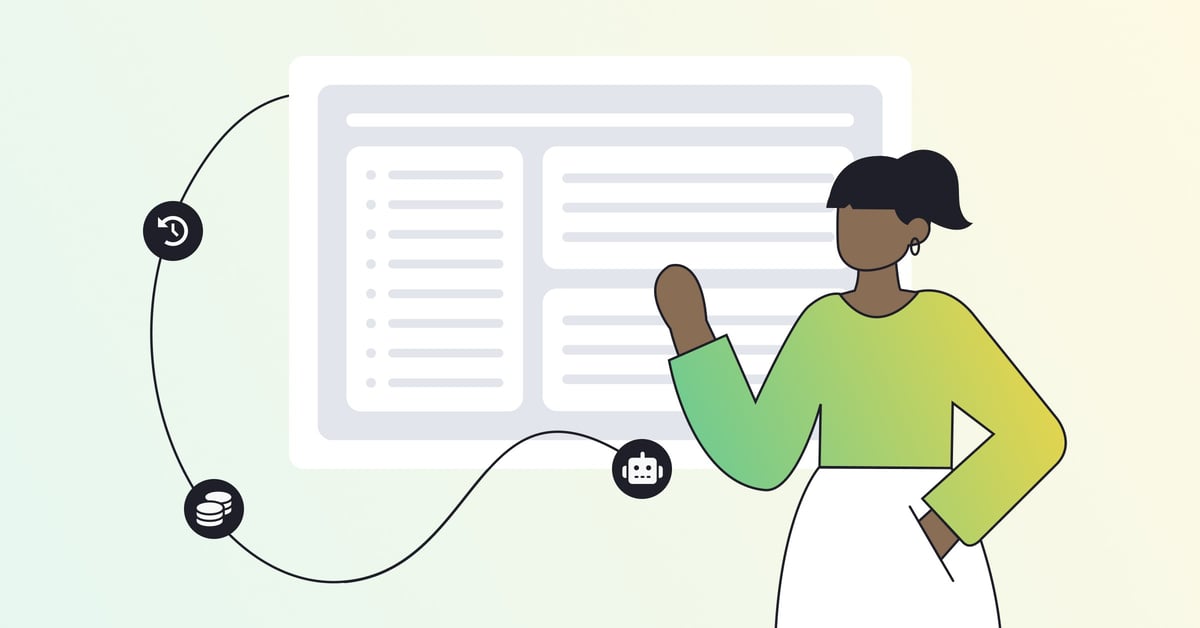
Published: Dec 3, 2024
How to Implement ChatGPT in Customer Service: A Game-Changing Approach
How to Implement ChatGPT in Customer Service: A Game-Changing Approach
I’ve seen my fair share of customer service nightmares, but trust me, ChatGPT is about to turn those frowns upside down! As a seasoned AI strategist, I’ve helped countless businesses implement ChatGPT in their customer service, and boy, does it make a difference. Ready to dive into the world of AI-powered support? Let’s chat!
TLDR:What are the key benefits of using ChatGPT in customer service?
1️⃣ 24/7 Availability: Always-on support for your customers
2️⃣ Consistency: Standardized responses across all interactions
3️⃣ Scalability: Handle multiple queries simultaneously without breaking a sweat
Table of Contents
- Understanding ChatGPT for Customer Service
- Preparing Your Business for ChatGPT Integration
- Step-by-Step Implementation Guide
- Best Practices for ChatGPT in Customer Service
- Measuring Success and ROI
- Common Challenges and How to Overcome Them
- Future of ChatGPT in Customer Service
- Multimodal AI Interactions

- Emotional Intelligence Enhancement

- Predictive Customer Service

- Augmented Agent Assistance

- Seamless Omnichannel Integration
- Enhanced Self-Service Capabilities
- Multilingual Support at Scale
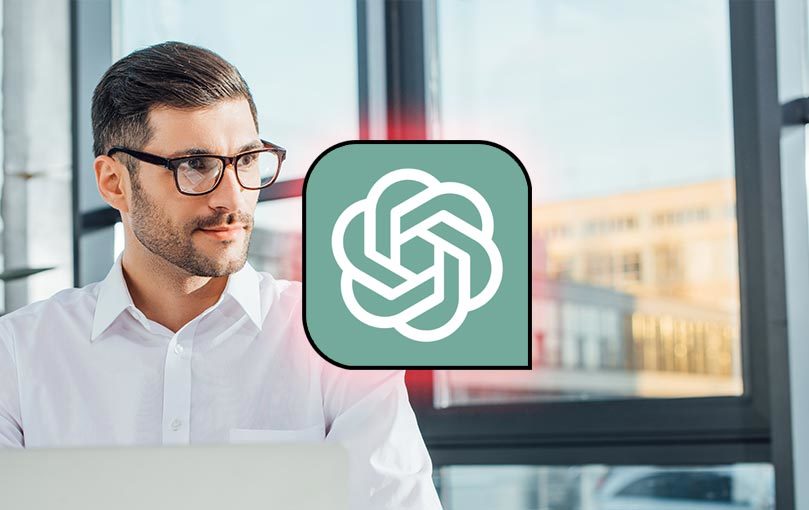
- Blockchain for Trust and Transparency

- Ethical AI and Bias Mitigation

- Real-World Applications on the Horizon
- Potential Challenges and Considerations
- Preparing for the Future
- Multimodal AI Interactions
Understanding ChatGPT for Customer Service
ChatGPT is like that super-smart friend who’s always ready to lend a hand. But instead of helping you move furniture, it’s here to revolutionize customer service. Let’s break it down:
What’s the Deal with ChatGPT?
ChatGPT is an AI chatbot that uses a large language model to understand and respond to text. It’s like giving your customer service team a robot assistant that never sleeps and can handle multiple conversations at once.
Key Features:
- Natural Language Processing: It understands context and nuance, not just keywords.
- Learning Capability: It gets smarter with more interactions.
- Multilingual Support: It can chat in multiple languages, making it a global asset.
How Can ChatGPT Boost Your Customer Service Game?
-
- No more “Sorry, we’re closed” messages. ChatGPT is always on, ready to help customers anytime, anywhere.
Quick Response Times
- ChatGPT can handle multiple queries simultaneously, slashing wait times.
Consistent Answers
- Say goodbye to the “It depends on who you ask” problem. ChatGPT provides uniform responses across the board.
Scalability
- Whether you’re dealing with 10 or 10,000 customers, ChatGPT can handle the load without breaking a sweat.
But Hold Up, It’s Not All Sunshine and Rainbows
ChatGPT has its limitations. It’s not a magical solution that will solve all your customer service woes overnight.
Potential Pitfalls:
- Lack of Empathy: ChatGPT can’t truly understand emotions or complex human situations.
- Limited Knowledge: Its knowledge is based on its training data, which has a cutoff date.
- Potential for Errors: It can sometimes provide incorrect or nonsensical answers if not properly monitored.
Real-World Success: Zendesk’s AI-Powered Support
Zendesk, a customer service software company, has integrated ChatGPT-like features into their platform. They’ve seen impressive results:
- 50% faster response times
- 12% increase in customer satisfaction scores
- 30% reduction in ticket volume for simple queries
The Bottom Line
ChatGPT isn’t here to replace your human customer service team. Think of it more like a super-powered tool to make their jobs easier and your customers happier. It’s great for handling routine queries, freeing up your human agents to tackle more complex issues that require that special human touch.
Remember, the key to success with ChatGPT in customer service is finding the right balance between AI efficiency and human empathy. It’s not about choosing one over the other, but about creating a dream team of bots and humans working together to deliver stellar customer experiences.
Preparing Your Business for ChatGPT Integration
Getting your business ready for ChatGPT isn’t like flipping a switch. It’s more like prepping for a big move - you’ve gotta sort through your stuff, figure out what you need, and make sure everything’s in order before the big day. Let’s break it down:
Assess Your Current Customer Service Setup
First things first, take a good hard look at how you’re handling customer service now.
- Map out your customer journey: Where are the pain points? Which issues come up most often?
- Analyze your response times: How long does it take to resolve a typical query?
- Review your FAQs: What questions do customers ask over and over?
This groundwork will help you figure out where ChatGPT can make the biggest impact.
Get Your Data in Order
ChatGPT is only as good as the data you feed it. Think of it like training a new employee - the more info you give them, the better they’ll perform.
Data Cleaning
- Scrub your customer interaction logs
- Update your knowledge base
- Organize your product information
Set Realistic Goals
Don’t expect miracles overnight. ChatGPT is powerful, but it’s not magic. Set some achievable targets:
- Key Performance Indicators (KPIs)

- Aim for a 20% reduction in response time in the first 3 months
- Target a 15% increase in customer satisfaction scores
- Look to deflect 30% of simple queries to ChatGPT
Prepare Your Team
Your human agents aren’t going anywhere. In fact, they’re crucial to making this work.
- Training: Get your team up to speed on working alongside AI
- Roles: Define who’ll handle what once ChatGPT is in place
- Feedback loop: Set up a system for agents to flag and correct ChatGPT errors
Choose the Right Platform
Not all ChatGPT integrations are created equal. Do your homework:
Customer Relationship Management (CRM) Integration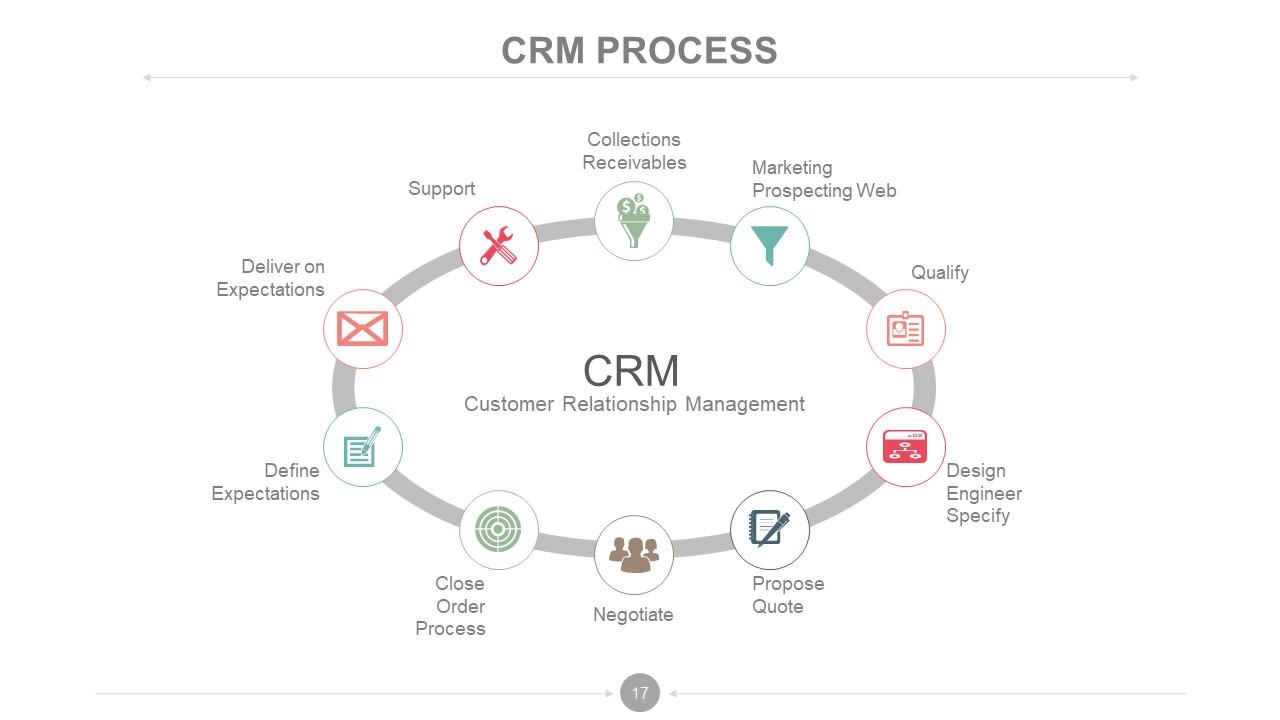
- Look for platforms that play nice with your existing CRM
- Consider scalability - can it grow with your business?
- Check out security features - customer data is precious cargo
Plan for the Human Touch
Remember, ChatGPT is here to assist, not replace. Plan for when and how human agents will step in:
- Complex issues
- Emotional situations
- High-value customers
Test, Test, Test
Before you go live, put your ChatGPT through its paces:
- Run simulations with real customer queries
- Have your team roleplay as customers
- Stress test with high volume scenarios
Budget Wisely
Implementing ChatGPT isn’t free, but it can save you money in the long run. Factor in:
- Initial setup costs
- Ongoing subscription fees
- Training expenses
- Potential savings from increased efficiency
By taking these steps, you’ll be setting yourself up for success with ChatGPT. It’s not just about plugging in some new tech - it’s about preparing your whole business for a new way of serving customers. Get it right, and you’ll be lightyears ahead of the competition.
Step-by-Step Implementation Guide
Ready to bring ChatGPT into your customer service team? Let’s walk through this process step-by-step. Remember, it’s not about replacing your human agents - it’s about giving them a super-smart sidekick!
1. Choose Your ChatGPT Platform
First things first, you need to pick the right platform. OpenAI offers their API, but there are also specialized customer service solutions that integrate ChatGPT capabilities:
- Zendesk AI
 Great for businesses already using Zendesk
Great for businesses already using Zendesk - Intercom Offers a user-friendly interface with AI features
- Freshdesk Known for its robust AI-powered ticketing system
2. Set Up Your Knowledge Base
ChatGPT needs info to work with. Organize your FAQs, product details, and common issues into a structured format. This might include:
- Creating detailed product descriptions
- Documenting step-by-step troubleshooting guides
- Compiling a list of company policies and procedures
3. Train Your AI Model
Now it’s time to teach your AI. This involves:
- Feeding Data
 Input your knowledge base into the AI system
Input your knowledge base into the AI system - Fine-tuning: Adjust the model to understand your brand voice and specific use cases
- Testing: Run simulations with real customer queries to ensure accurate responses
4. Integrate with Existing Systems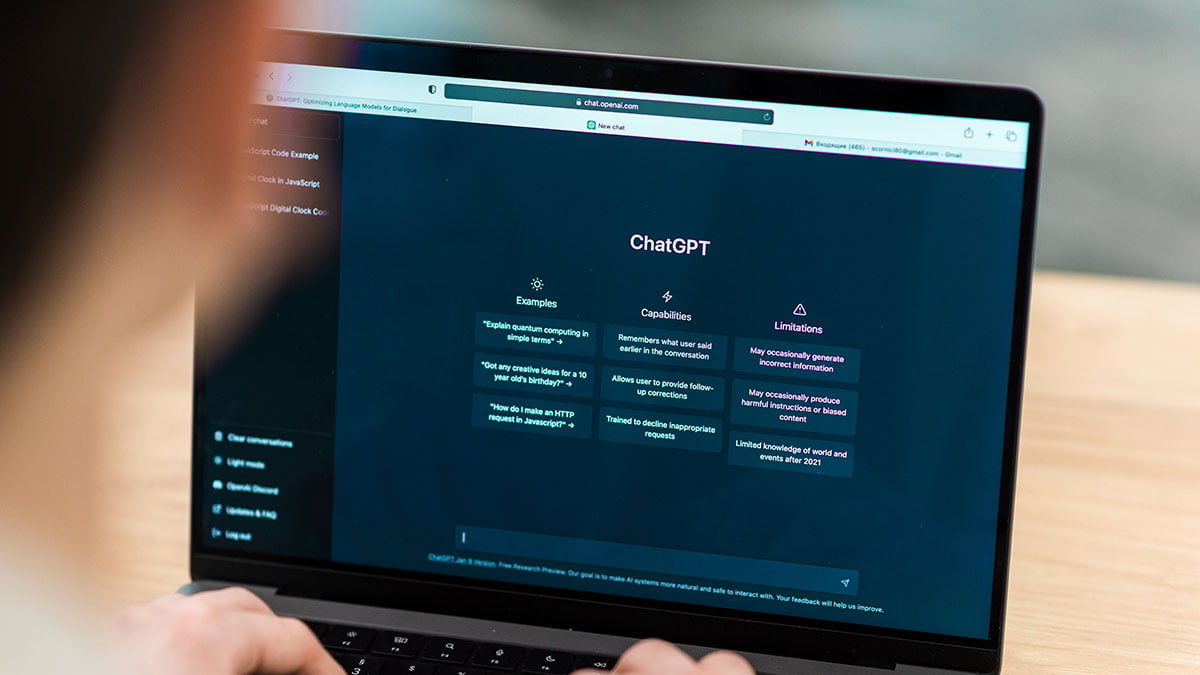
Make sure ChatGPT plays nice with your current setup:
- Connect to your CRM for customer history access
- Link to your ticketing system for seamless handoffs to human agents
- Integrate with your live chat software for real-time assistance
5. Design the User Interface
Create a smooth, intuitive interface for your customers:
- Clear prompts to guide users
- Easy options to escalate to a human agent
- Visually appealing design that matches your brand
6. Train Your Human Team
Your human agents need to know how to work alongside AI:
- How to monitor AI interactions
- When and how to take over from the AI
- How to provide feedback for AI improvement
7. Implement Security Measures
Protect your customers’ data:
- End-to-end encryption for all conversations
- Regular security audits
- Compliance with data protection regulations like GDPR or CCPA
8. Start with a Pilot Program
Don’t go all-in right away. Start small:
- Choose a specific customer segment or product line
- Run the pilot for 2-4 weeks
- Gather feedback from customers and agents
9. Monitor and Optimize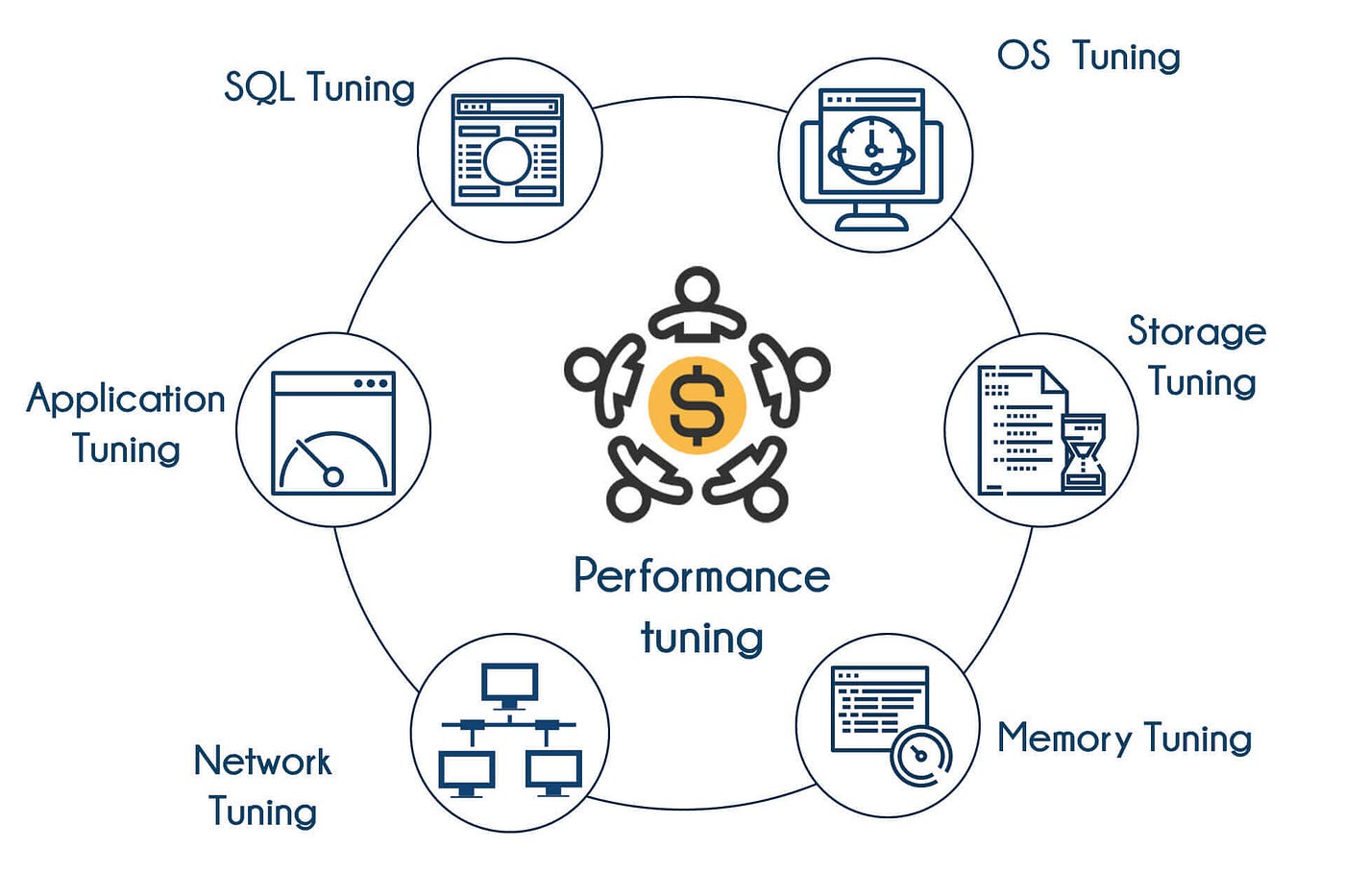
Keep a close eye on performance:
- Track key metrics like response time and customer satisfaction
- Regularly review AI-customer interactions
- Continuously update your knowledge base
10. Scale Up Gradually
Once you’re happy with the results, expand:
- Increase the volume of queries handled by AI
- Extend to more product lines or customer segments
- Add more complex functionalities over time
Remember, implementing ChatGPT is a journey, not a destination. It requires ongoing attention and refinement. But with patience and persistence, you’ll soon have a customer service powerhouse that combines the best of AI efficiency and human empathy.
Best Practices for ChatGPT in Customer Service
Let’s dive into how to get the most out of ChatGPT in your customer service setup. I’ve seen businesses transform their support game with AI, but it’s not just about plugging it in and letting it run. Here are some key strategies to make ChatGPT shine:
Maintain the Human Touch
ChatGPT is smart, but it’s not human. The key is to use it as a powerful tool, not a replacement for your team.
- Hybrid Model
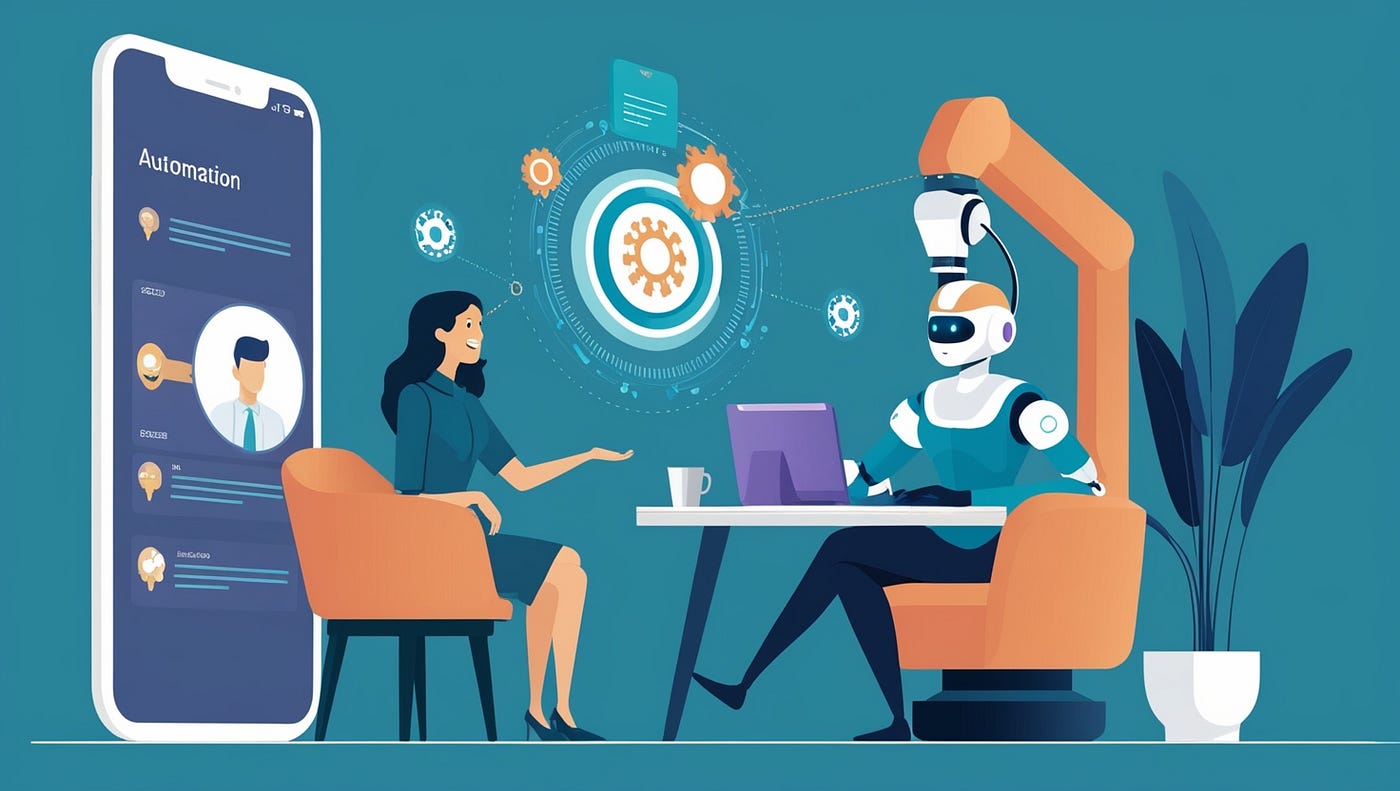 Set up a system where ChatGPT handles initial inquiries, but human agents can seamlessly take over complex issues.
Set up a system where ChatGPT handles initial inquiries, but human agents can seamlessly take over complex issues. - Personalization: Train your AI to use customer data for more personalized responses. “Hey John, I see you recently bought our XYZ product. How can I help you with it today?”
- Emotional Intelligence: Program ChatGPT to recognize emotional cues in text and escalate sensitive situations to human agents.
Continuous Learning and Improvement
Your ChatGPT is like a new employee - it needs ongoing training to get better at its job.
- Regular Updates: Keep your AI’s knowledge base fresh with the latest product info, company policies, and FAQs.
- Feedback Loop: Set up a system where human agents can flag and correct AI mistakes. This helps the AI learn and improve over time.
- A/B Testing: Try different response styles or approaches and see what resonates best with your customers.
Handle Complex Queries Smartly
While ChatGPT excels at handling routine questions, it’s important to know its limits.
- Clear Escalation Paths: Define specific triggers for when a query should be passed to a human agent. This could be based on keywords, sentiment analysis, or complexity level.
- Transparency: Always let customers know they’re talking to an AI. If they need to be transferred to a human, explain why.
- Knowledge Management Develop a robust system to capture complex solutions from human agents, which can then be used to train the AI for future similar queries.
Maintain Brand Voice and Consistency
Your ChatGPT should sound like a natural extension of your brand.
- Tone and Style Guide: Develop clear guidelines for how your AI should communicate. Is your brand casual and friendly, or more formal and professional?
- Custom Responses: Create tailored responses for common scenarios that reflect your brand’s unique voice.
- Localization If you serve a global audience, make sure your AI can communicate effectively in multiple languages and understand cultural nuances.
Prioritize Data Security and Privacy
With great power comes great responsibility, especially when it comes to customer data.
- Data Encryption
 Ensure all conversations are encrypted end-to-end.
Ensure all conversations are encrypted end-to-end. - Compliance: Stay up-to-date with data protection regulations like GDPR or CCPA.
- Minimal Data Usage: Train your AI to collect only necessary information and dispose of sensitive data after each interaction.
Monitor and Measure Performance
You can’t improve what you don’t measure. Keep a close eye on how your ChatGPT is performing.
- Key Metrics: Track important KPIs like response time, customer satisfaction scores, and successful query resolution rates.
- Quality Assurance: Regularly review a sample of AI-customer interactions to ensure quality and identify areas for improvement.
- Customer Feedback: Implement post-interaction surveys to gauge customer satisfaction with the AI support.
Integrate with Other Systems
ChatGPT shouldn’t exist in a vacuum. Make it a part of your broader customer service ecosystem.
- CRM Integration Connect your AI to your CRM system for access to customer history and preferences.
- Omnichannel Support Ensure your ChatGPT can provide consistent support across multiple channels - website, mobile app, social media, etc.
- Internal Knowledge Base: Link ChatGPT to your internal knowledge base so it can pull from the same resources your human agents use.
Remember, implementing ChatGPT in customer service is a journey, not a destination. It requires ongoing attention, refinement, and a willingness to adapt. But get it right, and you’ll have a powerful tool that can dramatically improve your customer service efficiency and effectiveness.
Measuring Success and ROI
Let’s talk numbers. Implementing ChatGPT in your customer service isn’t just about being cool and techy - it’s about boosting your bottom line. But how do you know if it’s really working? Here’s how to measure your success and calculate that all-important return on investment (ROI).
Key Performance Indicators (KPIs)
First up, you need to know what to measure. Here are some crucial KPIs to keep an eye on:
-
- How quickly is ChatGPT responding to initial customer queries?
- Aim for a 50% reduction compared to your pre-ChatGPT numbers.
-
- How long does it take to resolve an issue from start to finish?
- Look for at least a 30% decrease here.
Customer Satisfaction Score (CSAT)

- Are your customers happy with the AI support?
- Target a 10-15% improvement in your CSAT scores.
-
- Are customers more likely to recommend your business after interacting with ChatGPT?
- Aim for a 5-10 point increase in your NPS.
-
- What percentage of queries are fully resolved by ChatGPT without human intervention?
- Shoot for at least 60% after the initial implementation phase.
Calculating ROI
Now, let’s crunch some numbers to see if ChatGPT is paying off:
Cost Savings
- Calculate the reduction in labor costs. If ChatGPT handles 60% of queries, that’s 60% less time your human agents spend on basic issues.
- Example: If you’re saving 100 agent hours per week at $20/hour, that’s $2,000 weekly or $104,000 annually.
Increased Efficiency
- Measure the value of faster response times. If you’re handling 20% more queries in the same time, that’s like having 20% more staff without the extra cost.
Customer Lifetime Value (CLV)
- CLV typically increases with better service. If your average CLV goes up by just 5%, that’s a significant ROI.
Implementation Costs
- Don’t forget to factor in the cost of implementing and maintaining ChatGPT. This includes software costs, training, and ongoing optimization.
ROI Formula
Use this simple formula to calculate your ROI:
ROI = (Gain from Investment - Cost of Investment) / Cost of InvestmentFor example, if you’ve gained $200,000 in value (cost savings + increased efficiency + higher CLV) and spent $100,000 on implementation:
ROI = ($200,000 - $100,000) / $100,000 = 1 or 100%That’s a 100% ROI - not too shabby!
Real-World Success Stories
Let’s look at some businesses that have knocked it out of the park with ChatGPT:
- Shopify saw a 30% reduction in customer support tickets after implementing AI chatbots.
- Lemonade Insurance processed claims 3 times faster with AI assistance.
- Sephora increased booking rates by 11% with their AI-powered beauty bot.
Beyond the Numbers
Remember, some benefits are harder to quantify but just as important:
- Improved employee satisfaction as agents handle more interesting, complex queries
- Enhanced brand reputation for quick, efficient service
- Valuable insights from AI-customer interactions that can inform product development and marketing strategies
Continuous Improvement
Measuring success isn’t a one-and-done deal. Keep tracking these metrics over time and look for ways to improve:
- Regularly update ChatGPT’s knowledge base
- Analyze unsuccessful interactions to identify areas for improvement
- Gather feedback from both customers and human agents
Remember, the goal isn’t just to save money - it’s to provide better service that keeps your customers coming back for more. With the right approach to measuring success and ROI, you’ll be able to fine-tune your ChatGPT implementation and take your customer service to the next level.
Common Challenges and How to Overcome Them
Implementing ChatGPT in customer service isn’t always smooth sailing. Let’s tackle some common hurdles and how to jump over them:
Accuracy Issues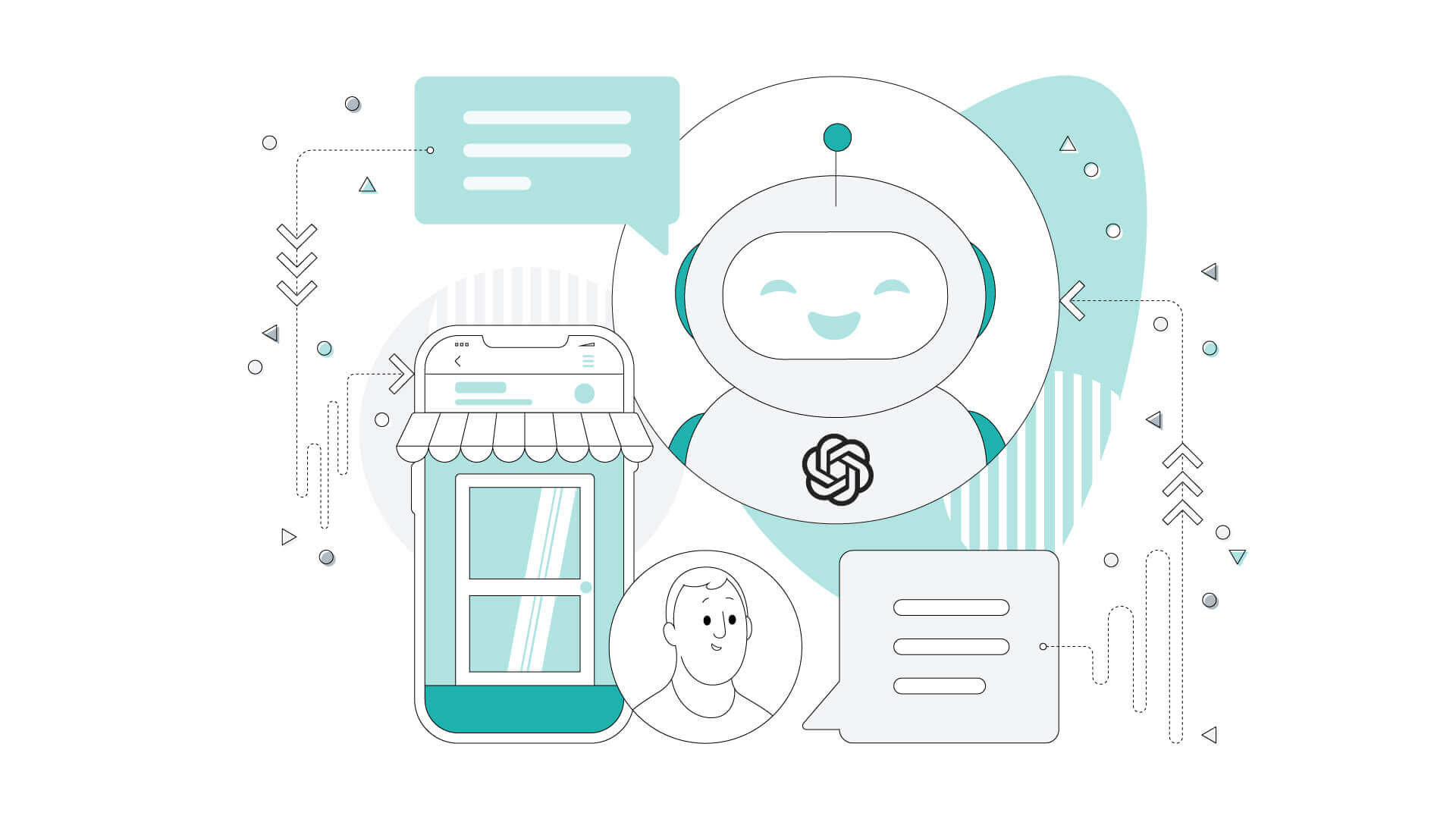
ChatGPT sometimes gets things wrong. It’s not perfect, and that can lead to frustrated customers.
How to fix it:
- Set up a robust feedback system. Have your human agents flag incorrect responses.
- Regularly update your AI’s knowledge base with correct information.
- Use a confidence threshold. If ChatGPT isn’t sure about an answer, it should automatically escalate to a human agent.
Language and Tone Mismatch
ChatGPT might not always nail your brand’s voice or struggle with local slang and idioms.
How to fix it:
- Create a detailed style guide for your AI. Include examples of ideal responses.
- Train ChatGPT on your brand’s specific language and tone.
- Implement region-specific models if you serve diverse geographic areas.
Handling Complex Queries
Some customer issues are too nuanced or complex for AI to handle effectively.
How to fix it:
- Define clear escalation triggers. Set up your system to recognize when a query is too complex.
- Train your AI to ask clarifying questions before escalating.
- Implement a smooth handoff process to human agents for complex issues.
Data Privacy Concerns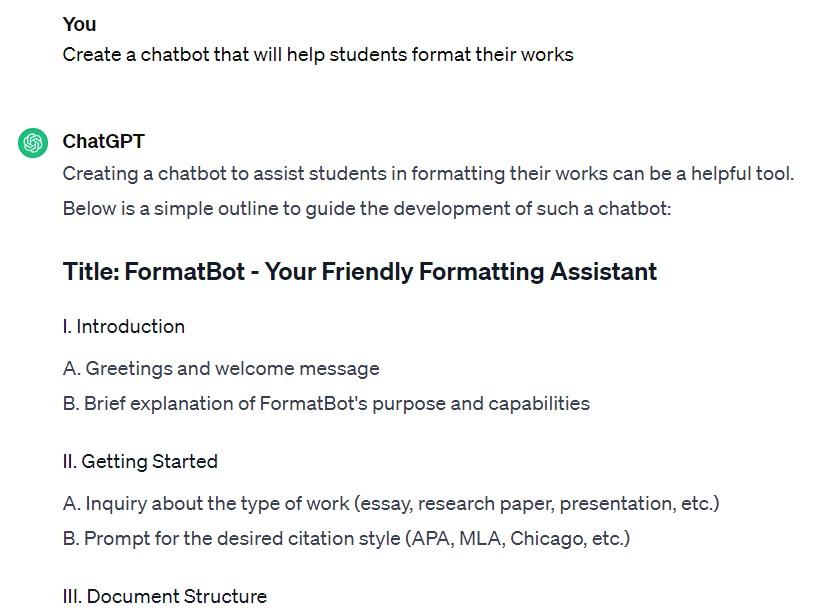
Customers might worry about sharing sensitive information with an AI.
How to fix it:
- Be transparent. Always let customers know they’re interacting with AI.
- Implement robust data encryption and protection measures.
- Provide an easy opt-out option for customers who prefer human interaction.
Integration with Existing Systems
ChatGPT might not play nice with your current tech stack.
How to fix it:
- Choose a ChatGPT solution that offers robust API integrations.
- Work with your IT team to ensure smooth data flow between systems.
- Start with a small pilot program to iron out integration issues before full deployment.
Resistance from Human Agents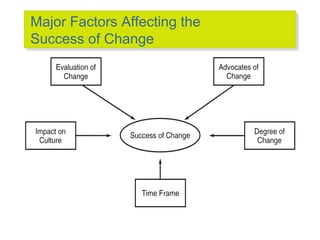
Your team might fear AI will replace their jobs.
How to fix it:
- Communicate clearly. Explain how AI will support, not replace, human agents.
- Provide training on how to work alongside AI effectively.
- Highlight how AI handling routine queries frees up time for more interesting, complex work.
Maintaining the Human Touch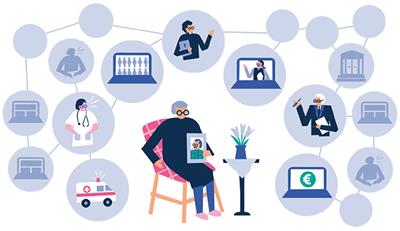
Customers might feel like they’re talking to a robot, not getting personalized service.
How to fix it:
- Program ChatGPT to use customer data for personalized responses.
- Train the AI to recognize emotional cues and respond appropriately.
- Set up easy escalation to human agents for sensitive or emotional issues.
Keeping Up with Rapid AI Advancements
AI tech moves fast. Your implementation might quickly become outdated.
How to fix it:
- Stay informed about AI developments. Follow industry news and attend conferences.
- Build flexibility into your system. Choose a solution that allows for easy updates and upgrades.
- Regularly reassess your AI strategy and be ready to pivot when needed.
Measuring ROI Accurately
It can be tricky to quantify the full impact of ChatGPT on your customer service.
How to fix it:
- Set clear, measurable KPIs before implementation.
- Use advanced analytics tools to track both quantitative (response times, ticket volumes) and qualitative (customer satisfaction, sentiment) metrics.
- Don’t forget to factor in indirect benefits like increased employee satisfaction or reduced training costs.
Remember, implementing ChatGPT is a journey. It’s normal to hit some bumps along the way. The key is to stay flexible, keep learning, and always prioritize your customers’ needs. With patience and persistence, you’ll be able to harness the full power of AI to supercharge your customer service.
Future of ChatGPT in Customer Service
The future of ChatGPT in customer service is looking bright, with exciting developments on the horizon. Let’s dive into what we can expect in the coming years:
Multimodal AI Interactions
Soon, ChatGPT won’t just be about text. We’re talking voice, images, and even video interactions.
- Voice Integration: Imagine customers speaking directly to a ChatGPT-powered system that understands context and tone.
- Visual Problem Solving: Customers could snap a picture of a product issue, and the AI instantly identifies and troubleshoots the problem.
Emotional Intelligence Enhancement
ChatGPT is getting better at reading between the lines. Future versions will likely:
- Detect customer frustration earlier and adjust responses accordingly
- Provide more empathetic and personalized interactions
- Seamlessly escalate emotionally charged situations to human agents
Predictive Customer Service
ChatGPT will move from reactive to proactive support:
- Anticipating customer needs based on behavior patterns
- Suggesting solutions before customers even realize they have a problem
- Offering personalized product recommendations to prevent future issues
Augmented Agent Assistance
Human agents won’t be replaced; they’ll be supercharged:
- Real-time AI suggestions during live customer interactions
- Automated post-interaction summaries and action items
- Continuous learning from successful human-handled cases
Seamless Omnichannel Integration
ChatGPT will provide consistent support across all platforms:
- Unified customer history across chat, email, social media, and phone
- Effortless continuation of conversations across different channels
- Personalized channel preferences based on customer behavior
Enhanced Self-Service Capabilities
ChatGPT will empower customers to solve more complex issues on their own:
- Interactive troubleshooting guides
- AI-powered product manuals that adapt to user queries
- Virtual reality tutorials for hands-on problem-solving
Multilingual Support at Scale
Language barriers will become a thing of the past:
- Real-time, high-quality translations for global customer bases
- Understanding and responding to regional slang and idioms
- Adapting tone and style to cultural norms
Blockchain for Trust and Transparency
Integrating blockchain with ChatGPT could revolutionize customer service:
- Immutable records of customer interactions for accountability
- Secure sharing of customer data across different service points
- Transparent AI decision-making processes
Ethical AI and Bias Mitigation
As AI becomes more prevalent, ethical considerations will be paramount:
- Regular audits to identify and eliminate biases in AI responses
- Clear disclosure of AI usage in customer interactions
- Strict adherence to evolving AI ethics guidelines
Real-World Applications on the Horizon
-
- Amazon is rumored to be developing a ChatGPT-powered shopping assistant that can understand complex product queries and make personalized recommendations.
-
- Mayo Clinic is exploring AI-powered triage systems that could provide initial health assessments and guide patients to appropriate care.
-
- Bank of America is working on an AI assistant that can provide personalized financial advice and detect potential fraud in real-time.
Potential Challenges and Considerations
As we look to the future, it’s important to address potential hurdles:
- Data Privacy: Stricter regulations may limit the data available for AI training.
- AI Hallucinations: Ensuring AI doesn’t generate false or misleading information.
- Human-AI Balance: Finding the right mix of automated and human touchpoints.
Preparing for the Future
To stay ahead of the curve:
- Invest in continuous AI training and development
- Foster a culture of innovation within your customer service team
- Stay informed about AI ethics and regulations
- Regularly gather and act on customer feedback about AI interactions
The future of ChatGPT in customer service is not just about better bots; it’s about creating more meaningful, efficient, and personalized customer experiences. By embracing these advancements and addressing challenges head-on, businesses can position themselves at the forefront of customer service innovation.


